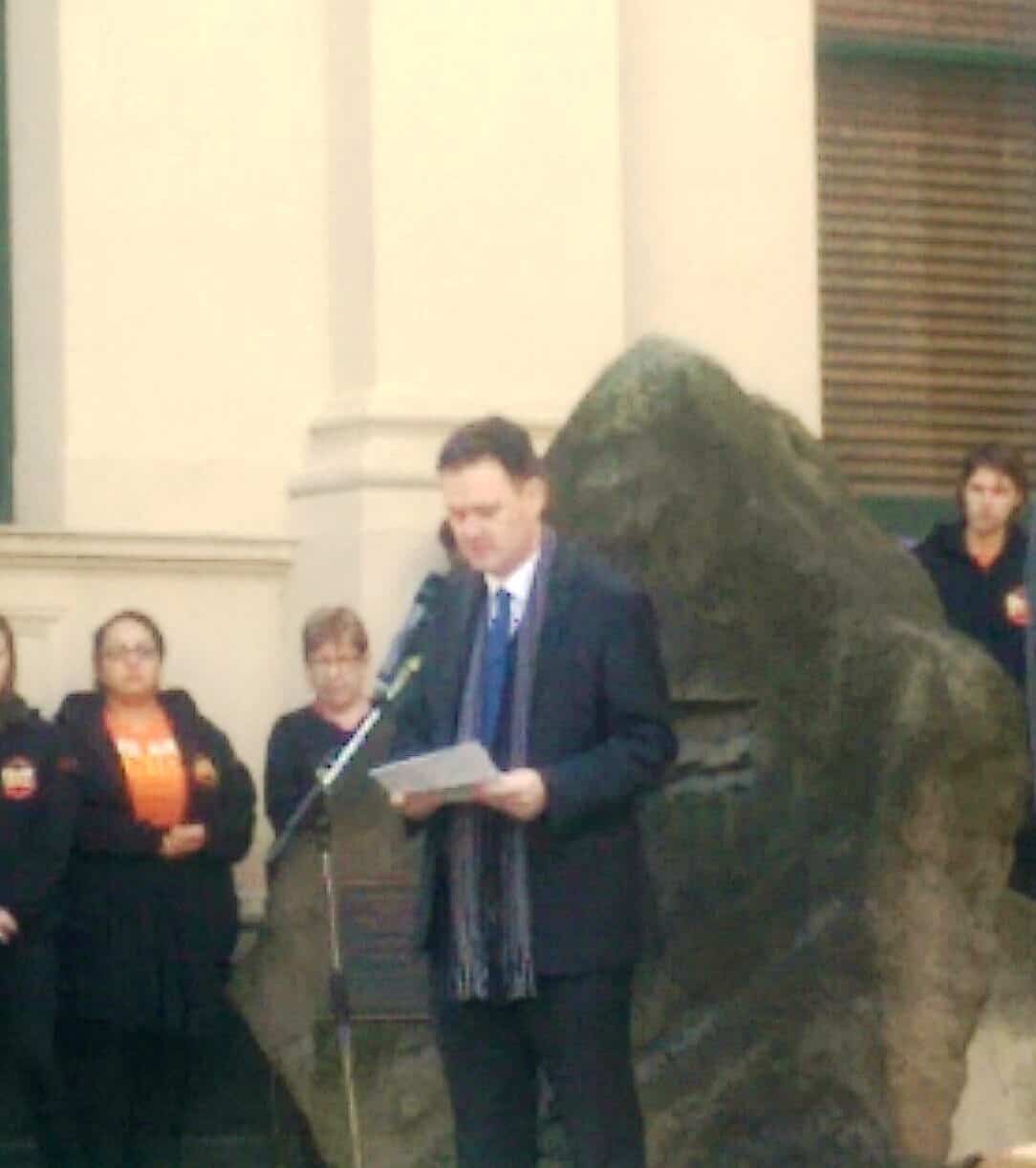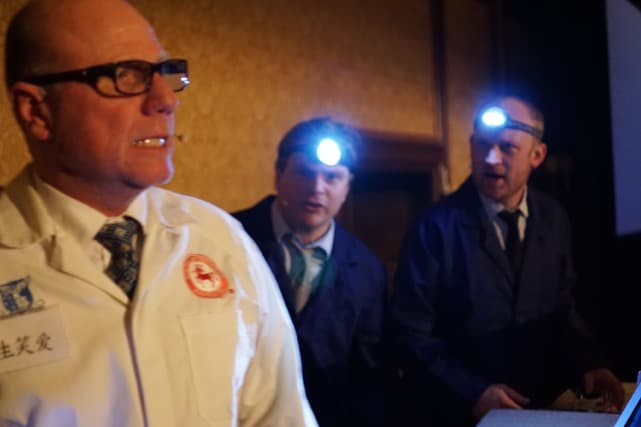 Over two months ago, SafetyAtWorkBlog sought basic and innocuous information from the office of Victoria’s Industrial Relations Minister, Robin Scott (pictured right at the Workers Memorial in April), about the MacKenzie review in to WorkSafe Victoria that was announced in February 2015. No response was received until 28 July.
Over two months ago, SafetyAtWorkBlog sought basic and innocuous information from the office of Victoria’s Industrial Relations Minister, Robin Scott (pictured right at the Workers Memorial in April), about the MacKenzie review in to WorkSafe Victoria that was announced in February 2015. No response was received until 28 July.
A spokesperson for the Minister advised SafetyAtWorkBlog that all details of the review are Cabinet-in-Confidence and therefore cannot be released until Cabinet has discussed the review. An update will be available when that occurs.
It seems odd that information, such as an inquiry’s terms of reference, should be so hush-hush.

 Most professionals, including occupational health and safety (OHS) professionals, support the use of stories or narratives or case studies to explain complex scenarios and situations. Recently, at the
Most professionals, including occupational health and safety (OHS) professionals, support the use of stories or narratives or case studies to explain complex scenarios and situations. Recently, at the